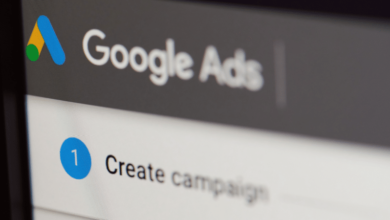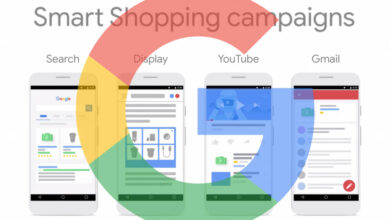The Ultimate Guide to LinkedIn Ads Management: Tips and Best Practices

Introduction
LinkedIn is a powerful platform for businesses looking to reach a professional audience. With over 700 million users worldwide, LinkedIn offers a unique opportunity for businesses to connect with decision-makers and industry professionals. One of the most effective ways to reach this audience is through LinkedIn Ads. In this guide, we will explore the best practices for managing LinkedIn Ads campaigns to maximize your ROI and reach your target audience effectively.
Setting Up Your LinkedIn Ads Account
Before you can start running ads on LinkedIn, you need to set up your LinkedIn Ads account. To do this, go to the LinkedIn Campaign Manager and follow the steps to create your account. Make sure to fill in all the necessary information, including your billing details and target audience preferences.
Creating Your First Ad Campaign
Once your account is set up, it’s time to create your first ad campaign. Start by defining your campaign objective, whether it’s brand awareness, lead generation, or website traffic. Then, choose your target audience based on criteria such as job title, industry, company size, and location.
Designing Your Ad Creative
The success of your LinkedIn ad campaign largely depends on the quality of your ad creative. Make sure to create eye-catching visuals and compelling copy that resonates with your target audience. Use A/B testing to experiment with different ad creatives and optimize your campaign performance.
Optimizing Your Campaign Performance
Monitoring and optimizing your campaign performance is crucial for maximizing your ROI. Keep track of key metrics such as click-through rate, conversion rate, and cost per click. Use this data to make informed decisions about adjusting your targeting, ad creative, and budget to improve your campaign’s performance.
Best Practices for LinkedIn Ads Management
Here are some best practices to follow when managing your LinkedIn Ads campaigns:
1. Target the Right Audience
Make sure to define your target audience accurately to reach the right people with your ads. Use LinkedIn’s targeting options to narrow down your audience based on job title, industry, company size, and other relevant criteria.
2. Use Compelling Ad Creative
Create visually appealing ad creatives with compelling copy that grabs the attention of your target audience. Test different variations of your ad creative to see what resonates best with your audience.
3. Monitor Your Campaign Performance
Regularly monitor key metrics such as click-through rate, conversion rate, and cost per click to track your campaign’s performance. Use this data to make data-driven decisions about optimizing your campaign.
4. Experiment with Different Ad Formats
LinkedIn offers a variety of ad formats, including sponsored content, text ads, and sponsored InMail. Experiment with different ad formats to see which ones perform best for your campaign objectives.
FAQs
Q: How much should I budget for a LinkedIn Ads campaign?
A: The budget for a LinkedIn Ads campaign can vary depending on your campaign objectives and target audience. It’s recommended to start with a smaller budget and gradually increase it as you optimize your campaign performance.
Q: How can I measure the success of my LinkedIn Ads campaign?
A: You can measure the success of your LinkedIn Ads campaign by tracking key metrics such as click-through rate, conversion rate, and cost per click. Use these metrics to evaluate your campaign’s performance and make adjustments as needed.
Q: How can I target the right audience for my LinkedIn Ads campaign?
A: LinkedIn offers a range of targeting options to help you reach the right audience for your ads. Use criteria such as job title, industry, company size, and location to define your target audience accurately.
Q: What is the best ad format to use for a LinkedIn Ads campaign?
A: The best ad format to use for a LinkedIn Ads campaign depends on your campaign objectives and target audience. Experiment with different ad formats, such as sponsored content, text ads, and sponsored InMail, to see which ones perform best for your campaign goals.


